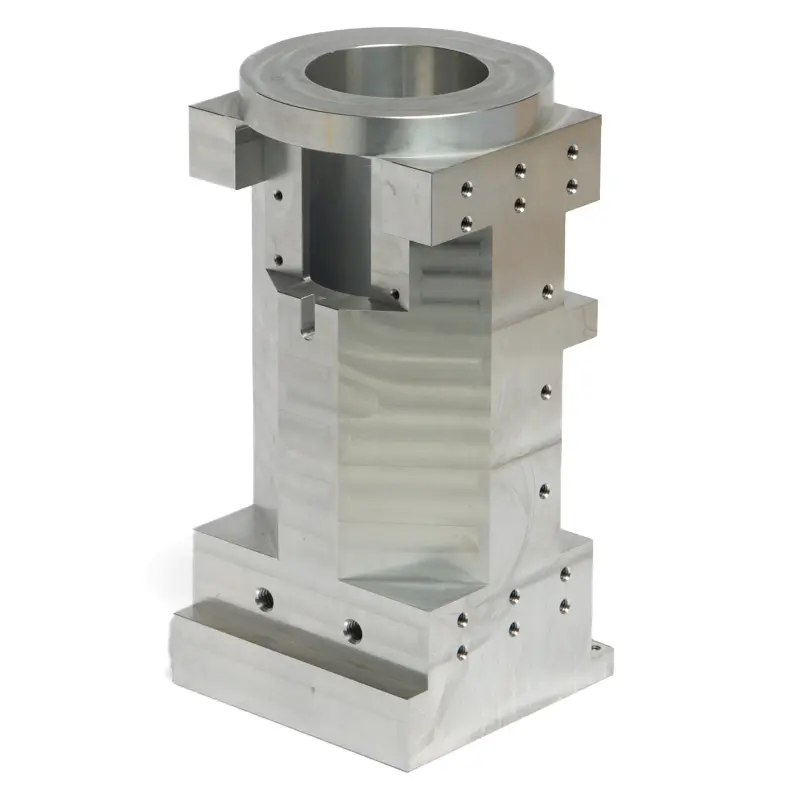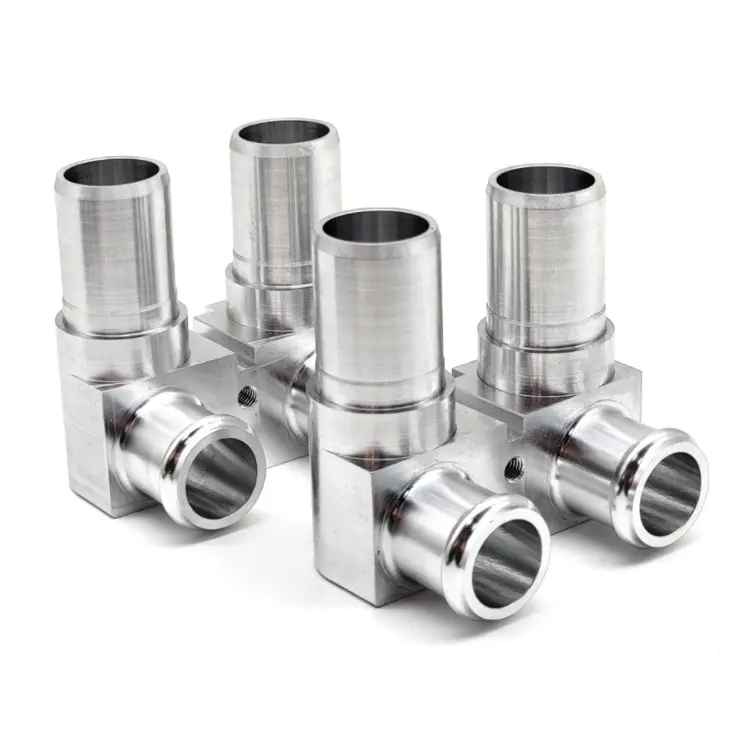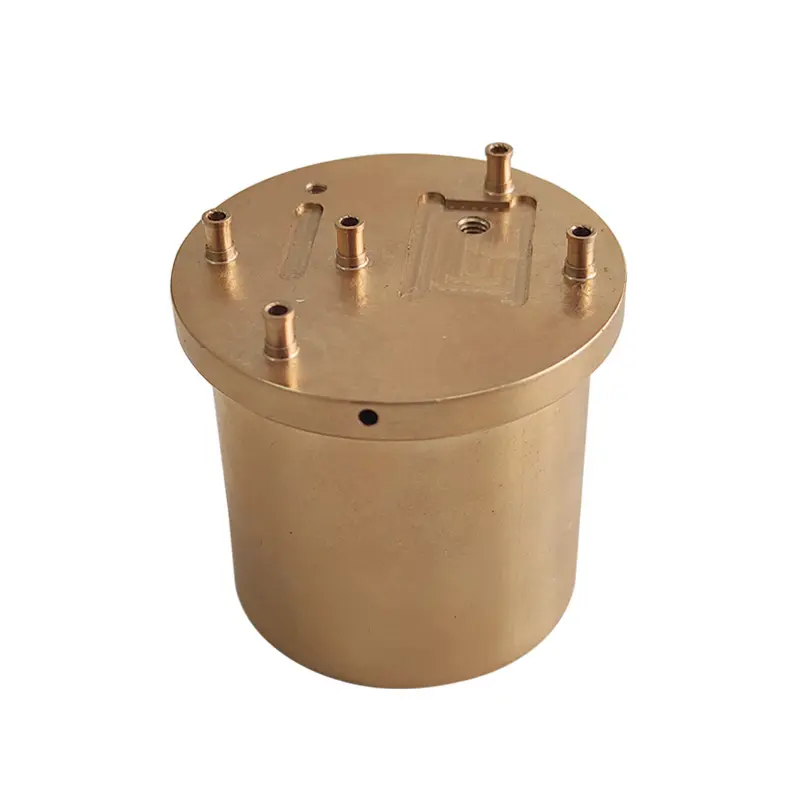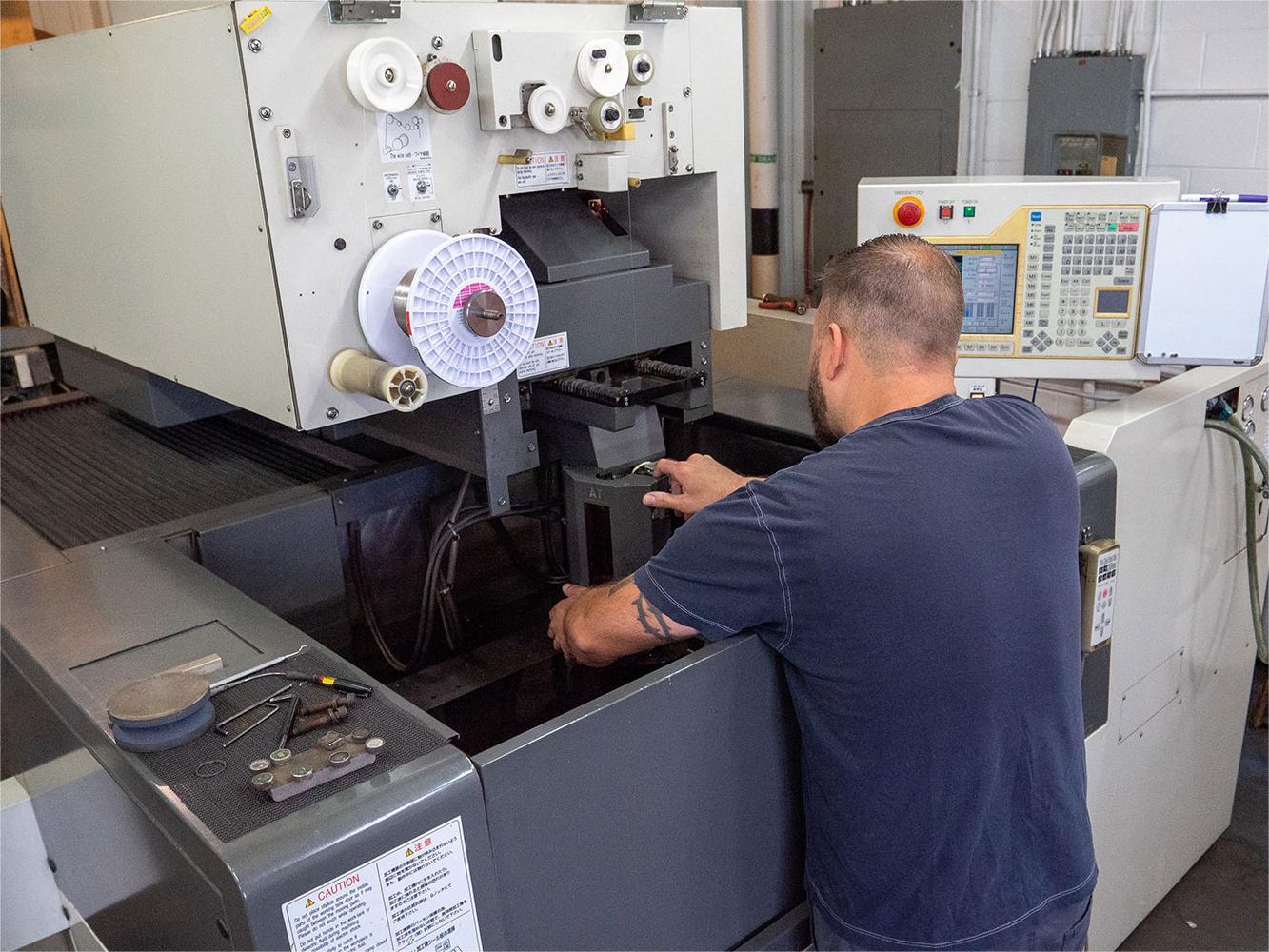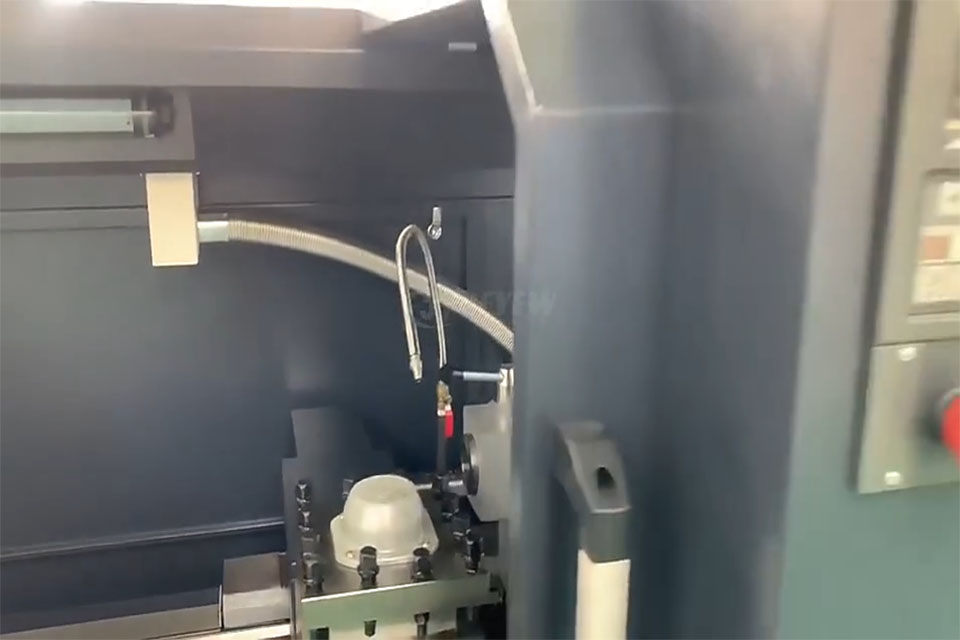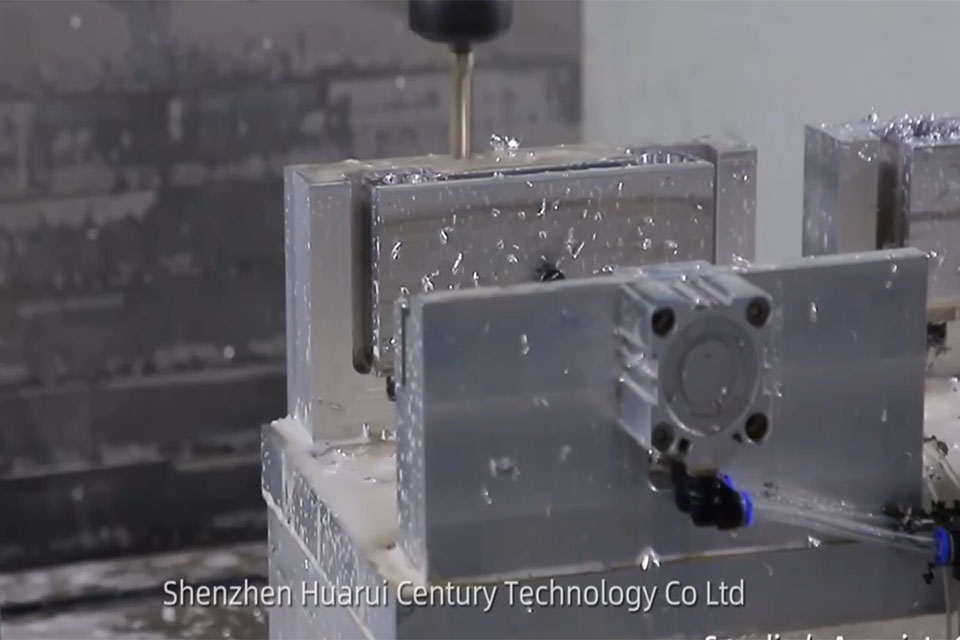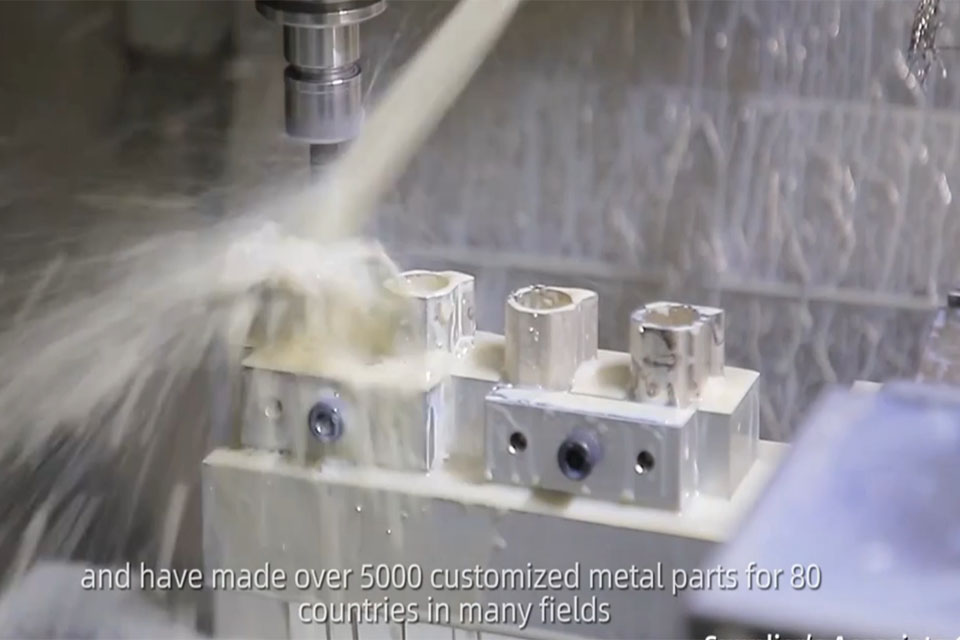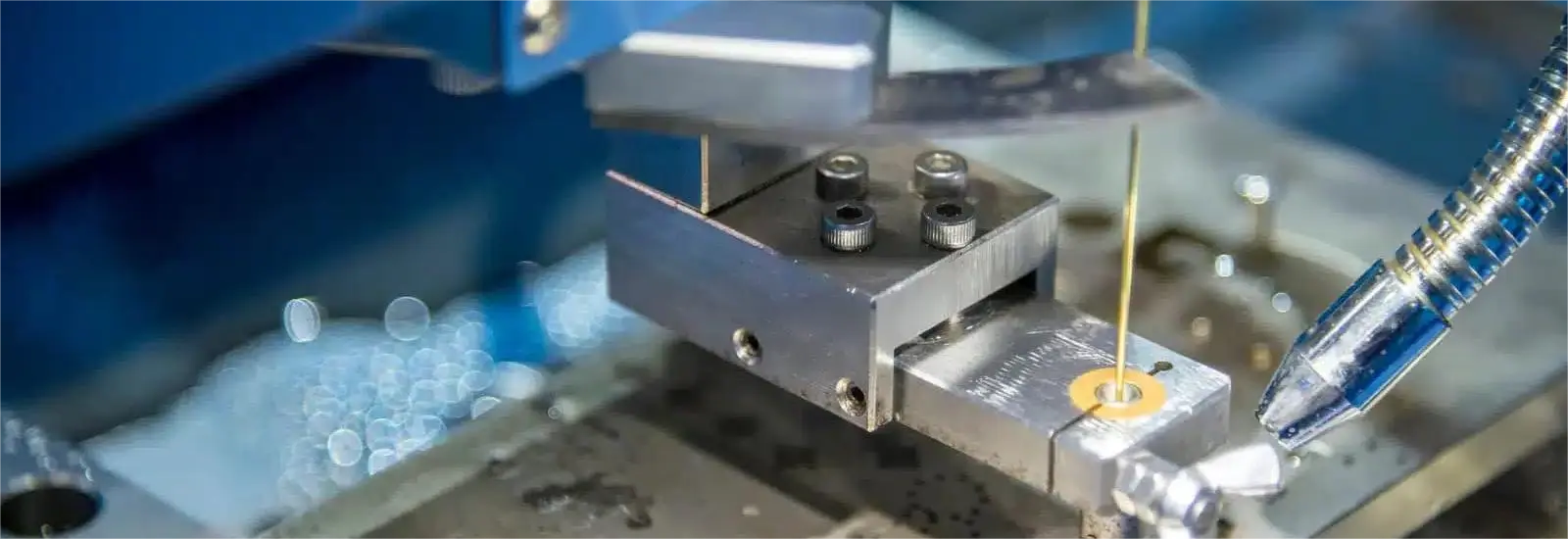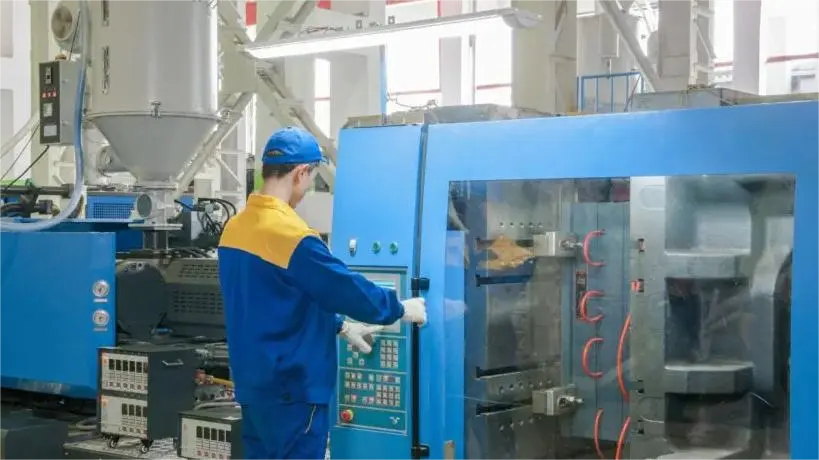
Precision Manufacturing: Mastering In-Process Inspection for Flawless Production
目录
导言
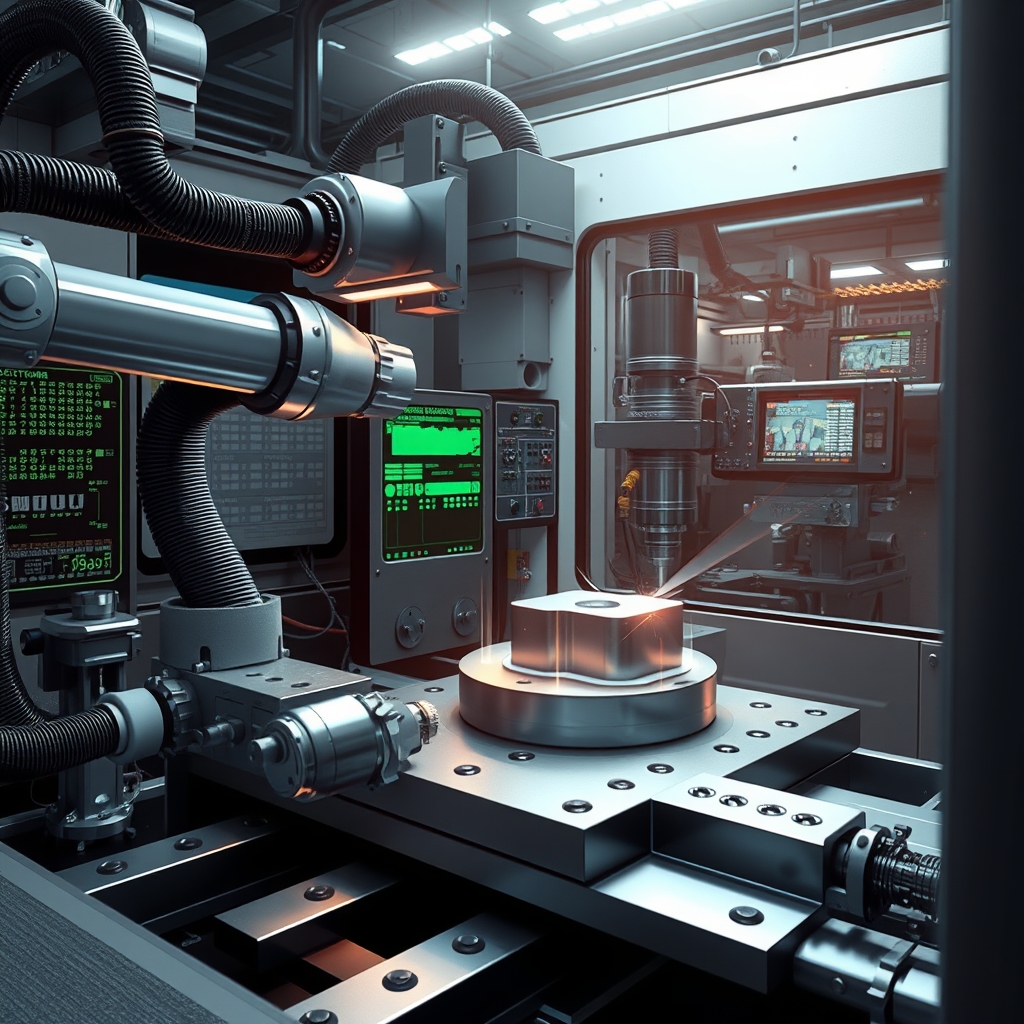
What is In-Process Inspection? A Deep Dive
In-process inspection is a crucial quality control method used during manufacturing. Instead of waiting until the end, we examine products while they’re being made. This proactive approach is key to maintaining product integrity and streamlining production. It’s like having checkpoints throughout a race, ensuring everything is on track.
Why In-Process Inspection is Crucial for Your Business
Here’s why embracing in-process inspection is beneficial:
- Guaranteeing Compliance: Every part meets strict industry rules and customer demands, avoiding expensive compliance issues down the line.
- Improving Product Quality: We spot and fix defects early, ensuring top-notch quality in the finished product.
- Minimizing Waste: Catching errors early means less waste, saving materials and resources. Think of it as preventing a small leak before it becomes a flood.
- Optimizing Manufacturing: Constant feedback from inspections leads to better process control and overall efficiency.
- Boosting Customer Happiness: Consistent high-quality products build trust and satisfaction with your customers.
Strategic Timing: When to Implement In-Process Inspections
Knowing 当 to inspect is just as important as knowing 如何. We strategically place inspection checkpoints where they can most effectively catch errors and ensure top quality.
Key Production Stages for Inspection:
| 舞台 | 说明 | Why It’s Important |
|---|---|---|
| Raw Material Check | Inspecting materials upon arrival for quality and specs. | Ensures only top-quality materials are used, preventing issues later. |
| Post-Assembly Check | A detailed review after assembly to confirm correct assembly and function. | Catches any assembly errors before they become bigger problems. |
| Final Inspection | A thorough check before shipping to meet all quality and functional needs. | Guarantees the product is ready for the customer, meeting all requirements. |
| Initial Processing | Very early production stages. | Checking size accuracy, material defects. |
| Key Production Phases | Inspections before and after important changes. | Help to verify no errors were introduced |
| Pre-packaging Check | Product meets the quality standards. | No damage, ready to be shipped. |
Types of In-Process Inspections: A Closer Look
We use three main types of inspections: visual, dimensional, and functional. Each uses specific tools and methods to ensure thorough and accurate checks.
Visual Inspection Techniques
Visual inspections are the first defense in quality control. Inspectors examine products for surface flaws, alignment, and overall look, ensuring each part meets visual quality standards. We use high-resolution cameras, magnifying glasses, and imaging software to spot even tiny imperfections.
Dimensional Inspection Techniques
Dimensional inspections measure the physical sizes of parts to make sure they match the specifications. Tools like calipers, micrometers, and Coordinate Measuring Machines (CMMs) are commonly used. These tools give precise measurements, vital for parts that need to fit perfectly in complex assemblies, such as in aerospace and automotive.
Check out our CNC Machining Services here!
Functional Inspection Techniques
Functional testing checks how a part or assembly works under conditions that mimic real-world use. This can include stress tests, leak tests, and electrical tests. We use various tools, from load testers to circuit testers and simulation software, ensuring that every product will perform as expected.
Conducting Effective In-Process Inspections: A Step-by-Step Guide
Effective in-process inspections require careful planning, execution, and follow-up. Here’s a step-by-step guide to making every inspection phase count towards overall manufacturing quality:
Setting Clear Quality Standards
Clear standards are the foundation of effective inspections. These should be well-defined, documented, and accessible to everyone involved. We use a continuous feedback loop between production and quality assurance to refine these standards.
Training Your Inspection Team
Thorough training is essential to equip your team with the necessary skills. Training covers the latest techniques, tools, and industry standards like ISO 9001. Regular workshops keep everyone up-to-date.
Learn about our commitment to quality in our Quality Assurance page.
Utilizing the Right Tools and Equipment
Using the correct tools is crucial for effective inspections. These tools must be accurate, reliable, and efficient.
Essential Inspection Tools:
- Calipers and Micrometers: For measuring physical dimensions.
- Coordinate Measuring Machines (CMMs): For complex 3D measurements.
- Gauges: To check and verify component dimensions and fit.
- Visual Inspection Systems: Advanced cameras and imaging systems.
- Hardness Testers: To measure material hardness.
- Spectrometers: For material composition analysis.
- Thermal Imaging Cameras: Find inconsistencies in electrical assemblies.
- Ultrasonic Testing Equipment: To identify defects in materials.
- Pressure Gauges and Leak Detection Equipment: Ensure no leaks in pressurized products.
- Software for Statistical Process Control (SPC): Helps monitor process stability.
The Advantages of In-Process Inspection: Beyond Quality
In-process inspection offers many benefits that significantly improve production efficiency and quality.
主要优势
- 成本效益: Early defect detection reduces rework and scrap costs.
- Enhanced Quality Control: Continuous monitoring ensures products meet quality standards.
- Reduced Production Delays: Prompt issue resolution minimizes delays.
- Improved Compliance: Regular inspections help meet industry standards like ISO 9001.
- Increased Customer Trust: Consistent quality leads to higher customer satisfaction.
- Feedback for Continuous Improvement: Immediate feedback allows for quick adjustments and improvements.
Addressing Challenges in In-Process Inspection
While beneficial, in-process inspections also present challenges.
Common Challenges:
- Resource Allocation: Requires significant time and personnel.
- Need for Specialized Training: Skilled inspectors require ongoing training.
- Integration with Production Processes: Can be complex, especially with older equipment.
- Maintaining Inspection Equipment: Requires regular maintenance and calibration.
- Adaptation to New Standards: Keeping up with evolving standards can be challenging.
Avoiding Common Mistakes in In-Process Inspection
Even with robust systems, mistakes can happen. Here’s how to avoid them:
Common Mistakes and Solutions:
| Mistake | 解决方案 |
|---|---|
| Overlooking Minor Defects | Train inspectors to be meticulous and use advanced inspection tools. |
| Inconsistent Standard Application | Develop and enforce standardized procedures for all inspections. |
| Inadequate Training | Provide ongoing training on the latest techniques and standards. |
| Failure to Update Protocols | Regularly review and update inspection protocols. |
| Poor Documentation | Implement a robust documentation system to record all results and procedures. |
Implementing Statistical Process Control (SPC)
Statistical Process Control (SPC) is a data-driven method for quality control that uses statistical methods to monitor and control a process. It helps ensure the process operates at its best, producing as much conforming product as possible with minimal waste.
How SPC Works:
- Data Collection: Continuously collect data at critical points.
- Real-Time Monitoring: Immediately detect deviations.
- Statistical Analysis: Analyze data to predict trends and identify issues.
- Feedback Mechanisms: Feed information back into the production process.
- 培训: Train personnel on SPC principles.
Discover how we use advanced techniques in our Precision CNC Machining process.
Supplier Monitoring and Its Impact
The quality of materials from suppliers directly affects the quality of the final product. Effective supplier monitoring is crucial.
Supplier Monitoring Methods:
- 定期审计: Assess supplier processes and quality control.
- Performance Metrics: Track defect rates, delivery times, and response times.
- Quality Agreements: Outline expectations and responsibilities.
- Supplier Development Programs: Help suppliers improve their practices.
- Technology Integration: Use ERP and SCM systems for real-time visibility.
The Role of Continuous Improvement
Continuous improvement is essential for modern quality management. It significantly enhances the effectiveness of in-process inspections.
Key Elements of Continuous Improvement:
- Feedback Mechanisms: Allow staff to report issues and suggest improvements.
- Regular Training and Upgrading: Keep staff updated on the latest technologies and standards.
- Data-Driven Decisions: Use data to identify trends and inform decisions.
- Kaizen Events: Focus on specific areas to enhance efficiency.
- Pilot Testing: Evaluate changes before full implementation.
- Encourage feedback and suggestions.
Documentation and Analysis of Results
Effective documentation and analysis of in-process inspection results are vital for maintaining a robust quality assurance system.
Documentation Benefits:
- Traceability: Provides a history of product quality.
- Compliance: Helps meet regulatory requirements.
- 持续改进: Identifies patterns and areas for improvement.
Analysis Methods:
- Data-Driven Insights: Use statistical methods to analyze data.
- Root Cause Analysis: Delve deeper into the reasons behind defects.
- Trend Analysis: Review results to spot trends.
- Performance Reviews: Conduct periodic reviews of the inspection process.
Scheduling and Planning Regular Inspections
Proper scheduling and planning are essential for effective in-process inspections.
Steps for Scheduling:
- Assess Production Volume: Align schedules with production rates.
- Critical Control Points: Identify key points in the process.
- Resource Availability: Plan based on the availability of inspectors and equipment.
Considerations:
- Scale of Operation: Larger operations may need dynamic scheduling.
- Type of Product: Different products have different requirements.
- Production Methodology: Continuous lines may need real-time monitoring.
In-Process Inspection Across Various Industries
In-process inspections are vital across various industries, each adapting its approach to meet specific needs.
汽车行业
Ensures safety and reliability through dimensional checks, material property verification, and assembly testing. Automated systems are common.
Electronics Industry
Manages complexity through inspections of soldering quality, component placement, and circuit functionality. Advanced imaging and electrical testing are crucial.
Pharmaceutical Industry
Demands high precision and safety. Inspections include checking batch weights, formulations, and testing for contamination. Strict documentation is required.
Machining and Manufacturing
Precision and adherence to design are paramount. State-of-the-art equipment and comprehensive inspection systems are used.

Innovations and Future Trends
The field of in-process inspection is rapidly evolving, driven by technological advances.
Key Innovations:
- Integration of AI and Machine Learning: Enables accurate defect detection and predictive maintenance.
- Advancements in Robotic Automation: Allows for complex tasks with greater precision.
- Use of Real-Time Data and IoT: Provides immediate adjustments and trend analysis.
- Predictive Quality Control: Predicts issues before they occur.
Explore our Advanced Manufacturing Capabilities.
常见问题
Here are some common questions about in-process inspection:
What’s the main difference between in-process inspection and final inspection?
In-process inspection happens 期间 production, catching issues early. Final inspection occurs at the 最后 of production, serving as a last quality check before shipping.
How often should in-process inspections be performed?
It depends on factors like production volume, product complexity, and industry regulations. Critical points in the process should always have inspection checkpoints.
Can in-process inspection completely eliminate the need for final inspection?
While it significantly reduces defects, final inspection is still crucial as a final verification step before products reach customers.
What role does employee training play in effective in-process inspection?
Properly trained employees are vital. They need to understand procedures, use tools correctly, and identify potential issues accurately.
How important is the record?
Very important, to facilitate the tracing of the cause of the problem, and for continuous improvement.How can our CNC manufacturing services benefit your in-process inspection needs?
We offer state-of-the-art equipment, precise machining capabilities, and rigorous quality control processes, ensuring your parts meet the highest standards at every stage of production. Contact us to learn more about our Custom CNC Machining.
结论:重要启示
In-process inspection is a cornerstone of modern manufacturing, ensuring quality, efficiency, and customer satisfaction. Here are the key points to remember:
- Early Detection: In-process inspection catches defects early, reducing waste and rework.
- 持续改进: It provides valuable feedback for optimizing processes.
- Industry-Specific: Different industries adapt in-process inspection to their unique needs.
- Technology-Driven: Advancements like AI and IoT are transforming inspection capabilities.
- Essential for Success: Implementing robust in-process inspection is crucial for any manufacturing business aiming for excellence.
- Need for Skilled Staff: The importance of having skilled staff who can make correct inspections.
- Documentation is Key: Maintaining detailed and accurate records of inspection findings.
By embracing in-process inspection, your business can achieve higher quality, lower costs, and greater customer satisfaction. Ready to elevate your manufacturing processes? Contact us today to discuss your project!
评论
出色的产品案例
标签
相关博客
从我们的博客中获取有关 CNC 加工的最新趋势和事实。

